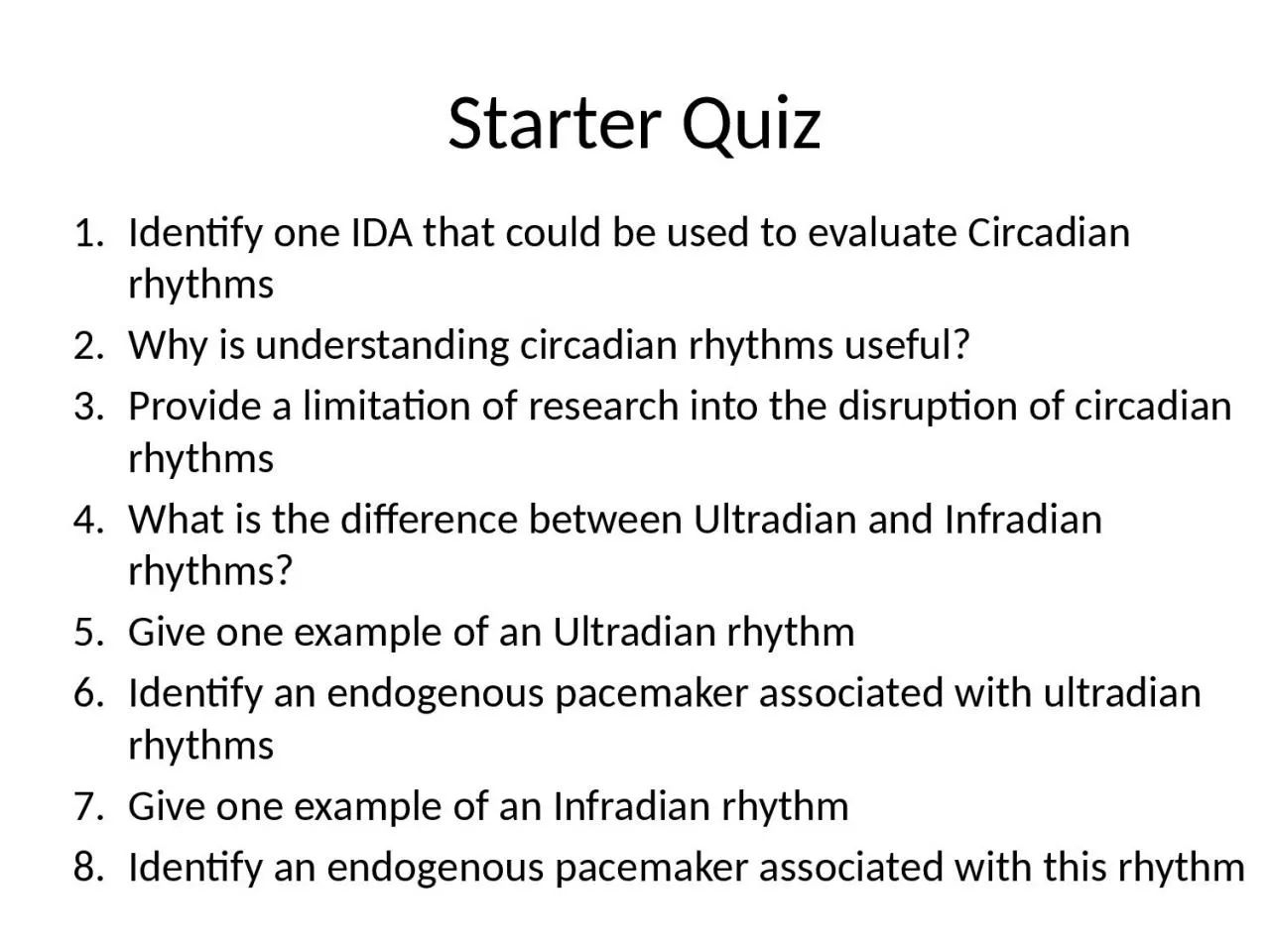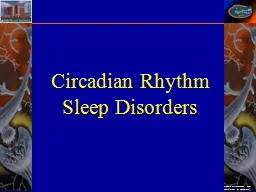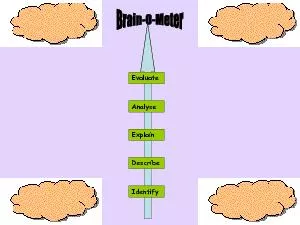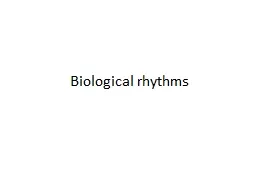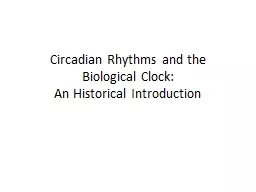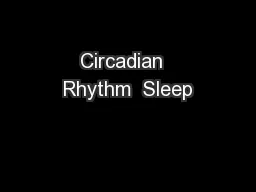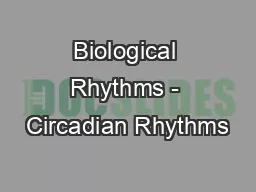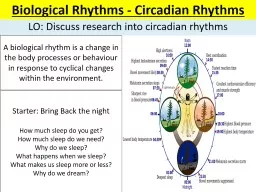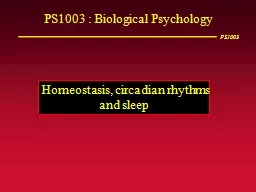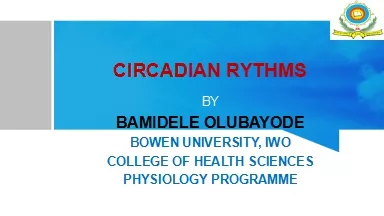PPT-Starter Quiz Identify one IDA that could be used to evaluate Circadian rhythms
Author : zoe | Published Date : 2024-03-13
Why is understanding circadian rhythms useful Provide a limitation of research into the disruption of circadian rhythms What is the difference between U ltradian
Presentation Embed Code
Download Presentation
Download Presentation The PPT/PDF document "Starter Quiz Identify one IDA that could..." is the property of its rightful owner. Permission is granted to download and print the materials on this website for personal, non-commercial use only, and to display it on your personal computer provided you do not modify the materials and that you retain all copyright notices contained in the materials. By downloading content from our website, you accept the terms of this agreement.
Starter Quiz Identify one IDA that could be used to evaluate Circadian rhythms: Transcript
Download Rules Of Document
"Starter Quiz Identify one IDA that could be used to evaluate Circadian rhythms"The content belongs to its owner. You may download and print it for personal use, without modification, and keep all copyright notices. By downloading, you agree to these terms.
Related Documents

